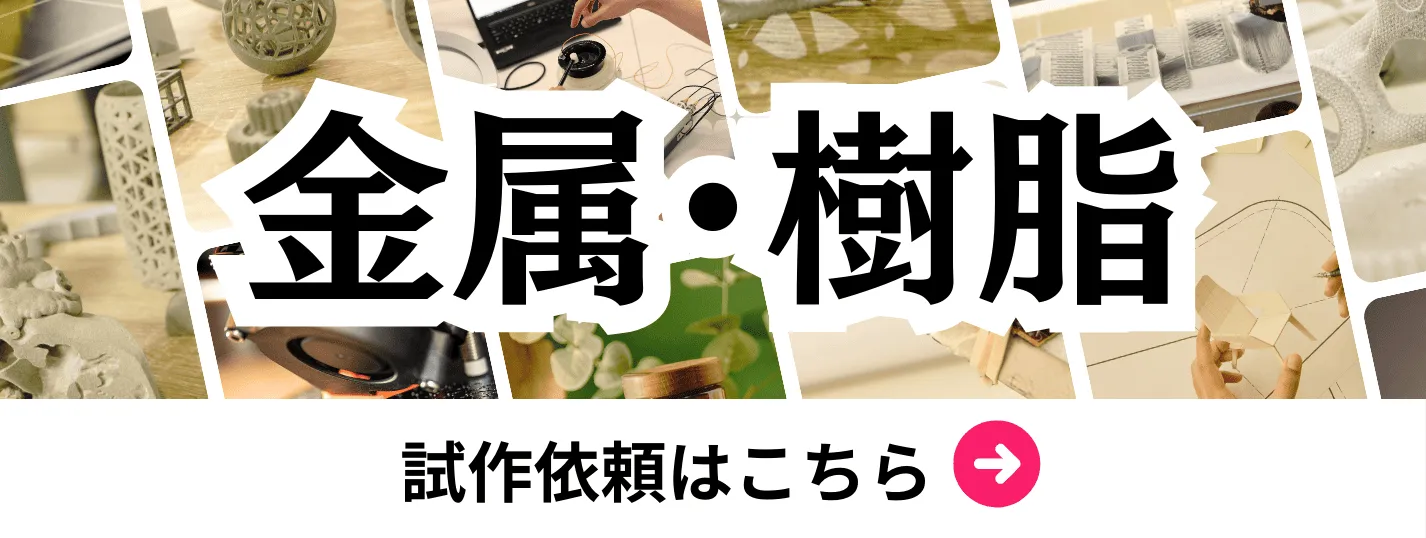- お役立ち記事
- Development of new polymers and application to electronics industry
月間76,176名の
製造業ご担当者様が閲覧しています*
*2025年3月31日現在のGoogle Analyticsのデータより

Development of new polymers and application to electronics industry

目次
Introduction to Polymers
Polymers are long, repeating chains of molecules that have unique properties, making them an integral part of modern manufacturing and technology.
Found in everyday items such as clothing, containers, and electronic devices, polymers’ versatility is unparalleled.
With continual advancements, their applications continue to expand, particularly in the electronics industry.
To understand the development of new polymers and their application, it’s crucial to first comprehend the basics of what polymers are and how they function.
The Basics of Polymer Chemistry
Polymers are typically made from various monomers through a process called polymerization.
Depending on the monomers used and the specific polymerization method, the characteristics of the resulting polymer can vary significantly.
These characteristics include elasticity, transparency, resistance to chemicals, and electrical conductivity, to name a few.
Common types of polymers include thermoplastics, thermosets, and elastomers, each with distinctive properties suited to different applications.
Thermoplastics
Thermoplastics are polymers that become moldable upon heating and solidify to a hard finish when cooled.
This feature allows them to be reshaped multiple times without significant degradation, making them popular for a wide range of uses.
Examples include polyvinyl chloride (PVC) and polyethylene, which are widely used in packaging and pipe manufacturing.
Thermosets
Unlike thermoplastics, thermosets cure into a permanent shape through the application of heat or other curing processes.
Once set, they cannot be re-molded.
Epoxy resins and vulcanized rubber are typical examples, valued for their durability and heat resistance.
Elastomers
Elastomers are polymers with elastic properties, allowing them to return to their original form after being stretched or deformed.
Natural rubber and synthetic variations like neoprene exemplify elastomers.
They are useful in applications requiring flexibility and resilience, such as tires and seals.
Advancements in Polymer Research
Continuous research into polymers has led to the development of new variants with improved or novel properties.
One focal area of study is enhancing polymers’ electrical properties, which can significantly impact their applications in the electronics industry.
Conductive polymers, for instance, are a groundbreaking innovation that combines conventional polymer ease of processing with metal-like conductivity.
This unique combination offers potential uses in electronic and optoelectronic devices.
Conductive Polymers
Conductive polymers, such as polyaniline and polypyrrole, are gaining interest for their ability to conduct electricity while maintaining the versatile nature of traditional polymers.
These polymers open up possibilities for lightweight, flexible electronic devices.
They are being explored for use in solar cells, light-emitting diodes (LEDs), and batteries, where their properties could lead to enhancements in efficiency and design flexibility.
Biodegradable Polymers
With an increasing focus on sustainability, biodegradable polymers are also seeing significant development.
These polymers can break down in natural environments or through industrial composting, thus reducing environmental impact.
Examples include polylactic acid (PLA) and polycaprolactone (PCL), which are already used in packaging and agricultural applications.
Applications of New Polymers in Electronics
The electronics industry continually seeks materials that improve performance and reduce environmental impact.
New polymers are at the forefront of these efforts, offering innovative solutions that are transforming how electronic devices are designed and function.
Flexible Electronic Devices
One of the most exciting developments is in flexible electronics.
These devices require materials that can bend and stretch without losing functionality, and new polymers are critical in meeting these demands.
Conductive polymers are being leveraged to create flexible circuits and displays, making devices more versatile and durable.
This technology paves the way for wearable electronics, which can conform to human body shapes while providing optimal performance.
Advancements in Solar Technology
Polymers also play a pivotal role in the evolution of solar technology.
Organic photovoltaic cells, which use conductive polymers, have shown promise in creating more affordable and lightweight solar panels.
By increasing the flexibility and reducing the cost of solar cells, these polymers can significantly enhance the adoption of renewable energy sources.
Innovative Battery Designs
In the realm of energy storage, polymers are crucial in developing new battery technologies.
Polymer-based electrolytes offer a safer and potentially more efficient alternative to liquid electrolytes in lithium-ion batteries.
This advancement could increase the safety and energy density of batteries, furthering their use in electronic devices and electric vehicles.
Future Prospects
The future of the electronics industry will likely continue to be shaped by advancements in polymer science.
By investing in research and development, scientists aim to create even more innovative materials tailored for specific applications.
As technology progresses, the melding of polymers with electronics may not only support existing needs but also enable entirely new forms of devices and applications.
In conclusion, the development of new polymers offers a promising avenue for enhancing the electronics industry.
By understanding polymer properties and leveraging them in new ways, the potential for innovation is substantial.
Whether it’s creating flexible devices, improving solar cell efficiency, or designing advanced batteries, polymers will undoubtedly continue to play a crucial role in shaping the future of technology.
 資料ダウンロード
資料ダウンロード
QCD管理受発注クラウド「newji」は、受発注部門で必要なQCD管理全てを備えた、現場特化型兼クラウド型の今世紀最高の受発注管理システムとなります。
 ユーザー登録
ユーザー登録
受発注業務の効率化だけでなく、システムを導入することで、コスト削減や製品・資材のステータス可視化のほか、属人化していた受発注情報の共有化による内部不正防止や統制にも役立ちます。
 NEWJI DX
NEWJI DX
製造業に特化したデジタルトランスフォーメーション(DX)の実現を目指す請負開発型のコンサルティングサービスです。AI、iPaaS、および先端の技術を駆使して、製造プロセスの効率化、業務効率化、チームワーク強化、コスト削減、品質向上を実現します。このサービスは、製造業の課題を深く理解し、それに対する最適なデジタルソリューションを提供することで、企業が持続的な成長とイノベーションを達成できるようサポートします。
 製造業ニュース解説
製造業ニュース解説
製造業、主に購買・調達部門にお勤めの方々に向けた情報を配信しております。
新任の方やベテランの方、管理職を対象とした幅広いコンテンツをご用意しております。
 お問い合わせ
お問い合わせ
コストダウンが利益に直結する術だと理解していても、なかなか前に進めることができない状況。そんな時は、newjiのコストダウン自動化機能で大きく利益貢献しよう!
(β版非公開)









